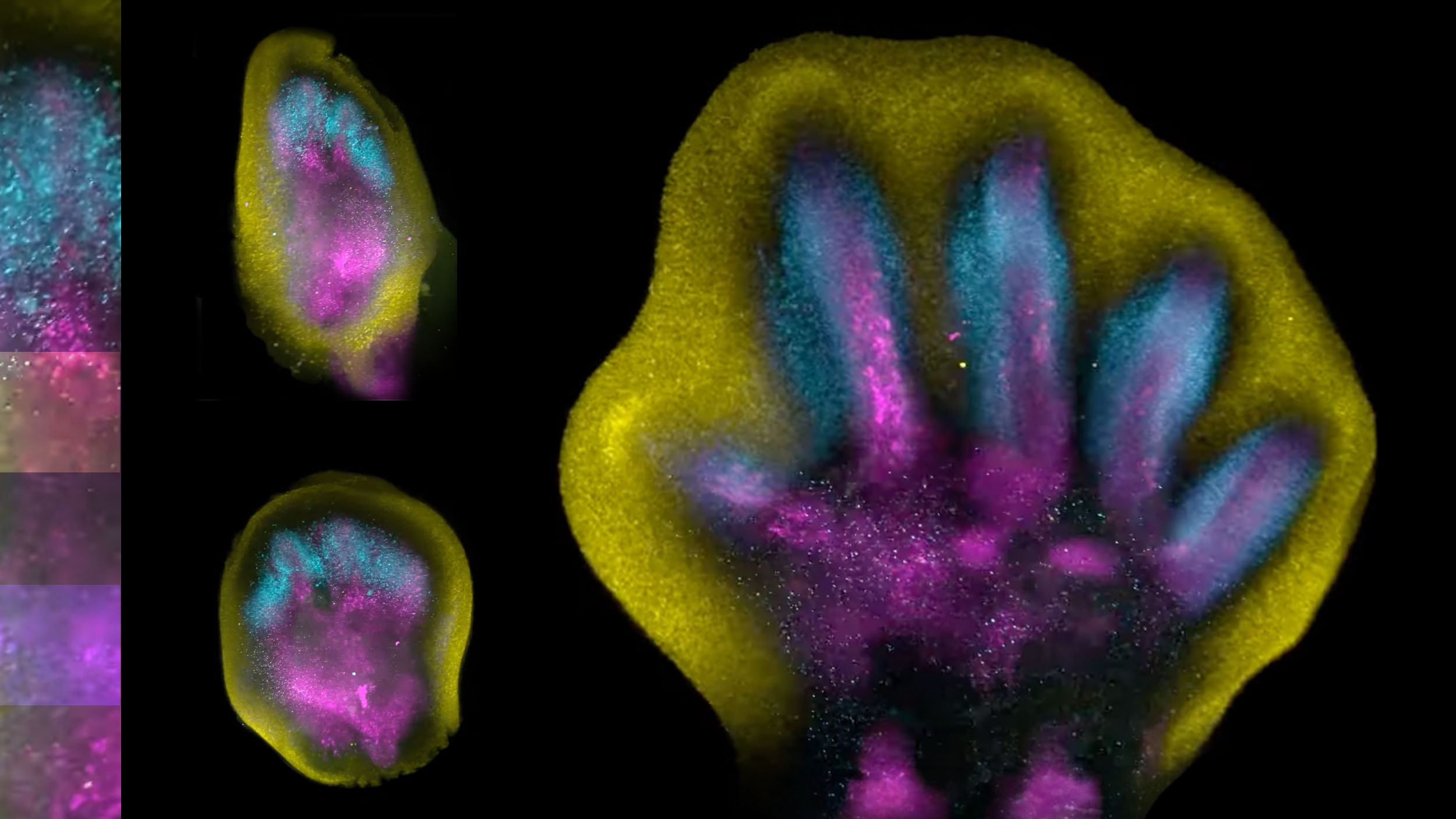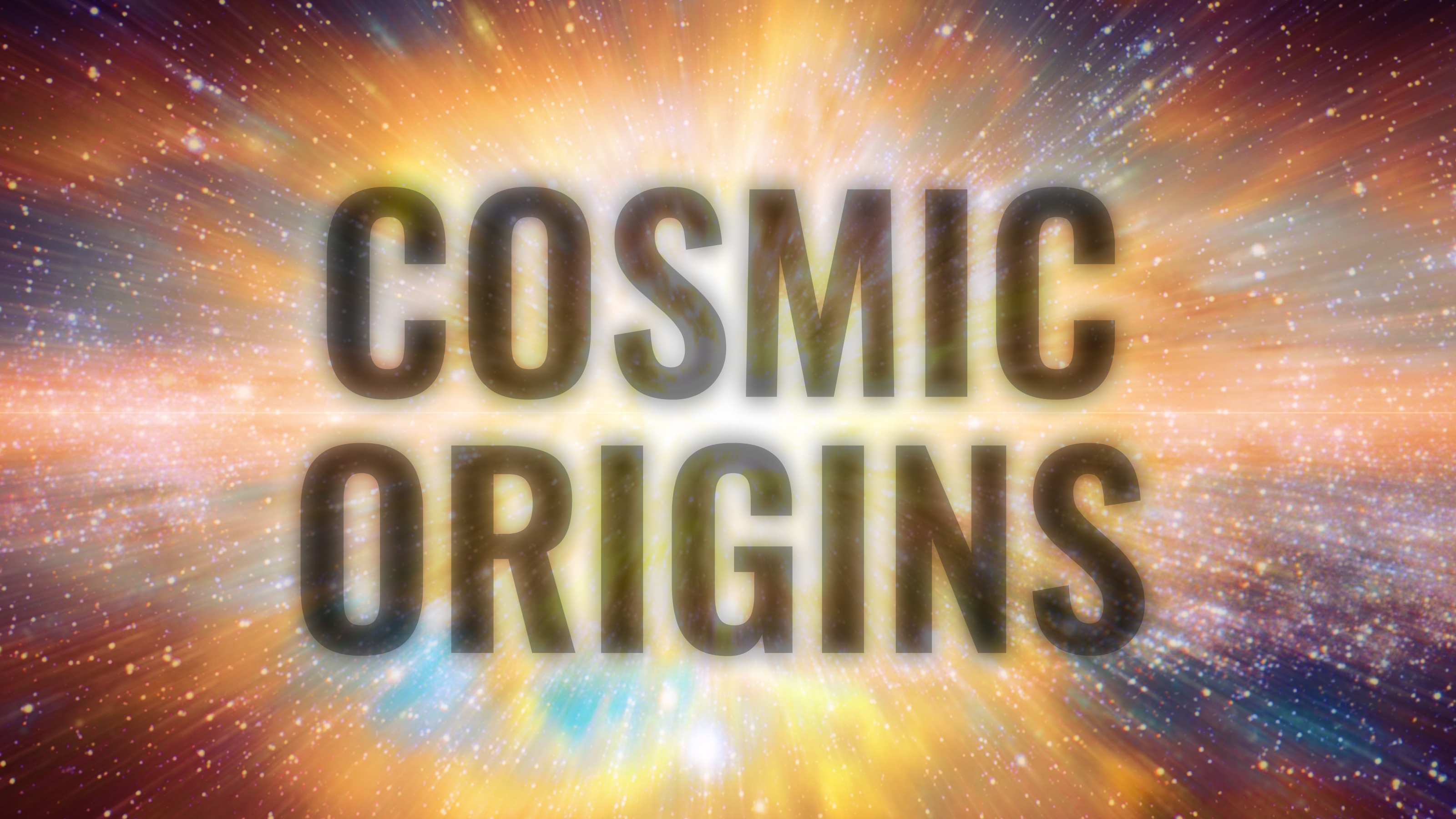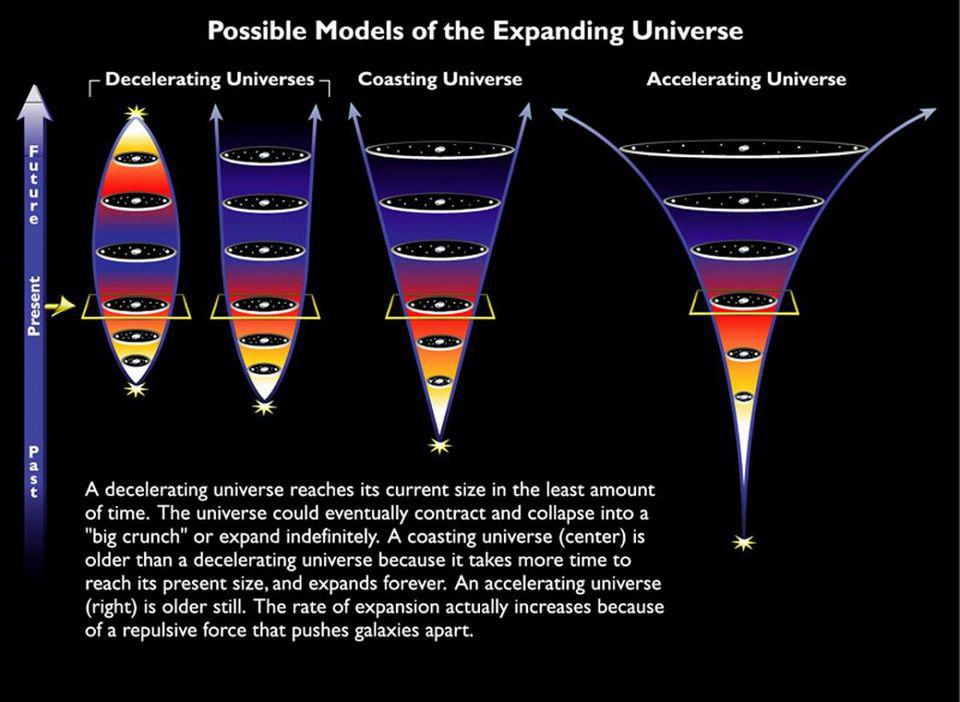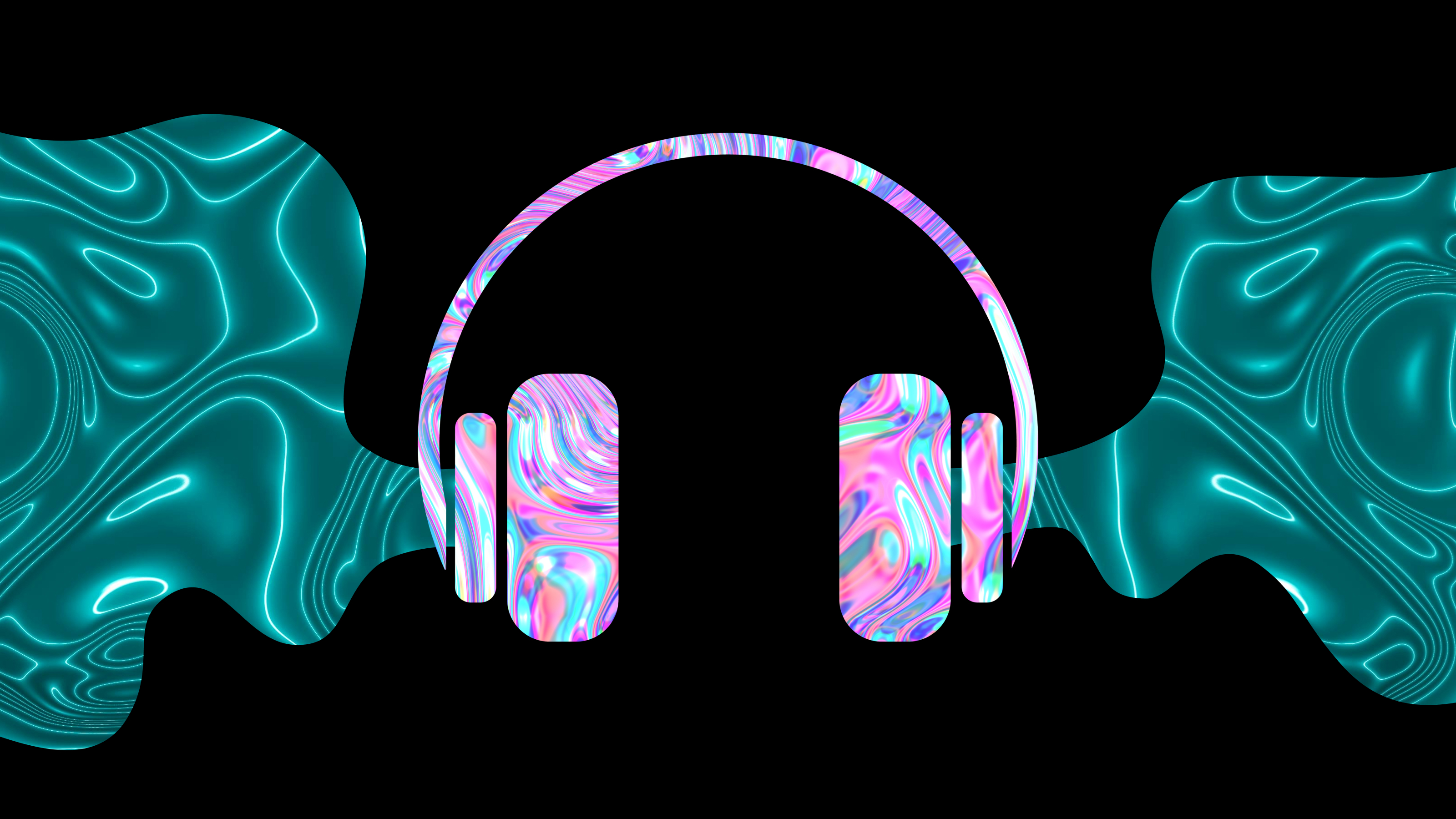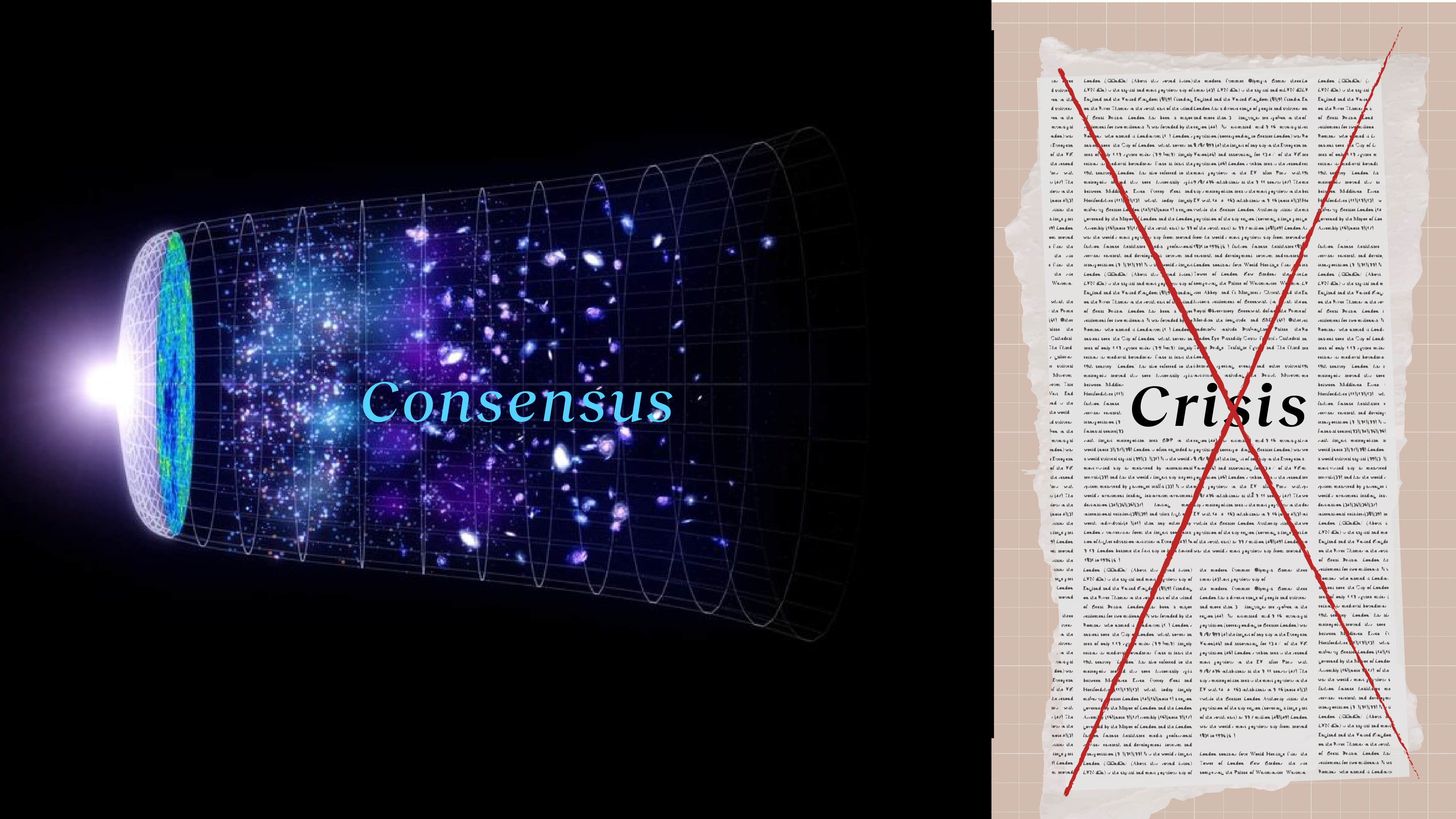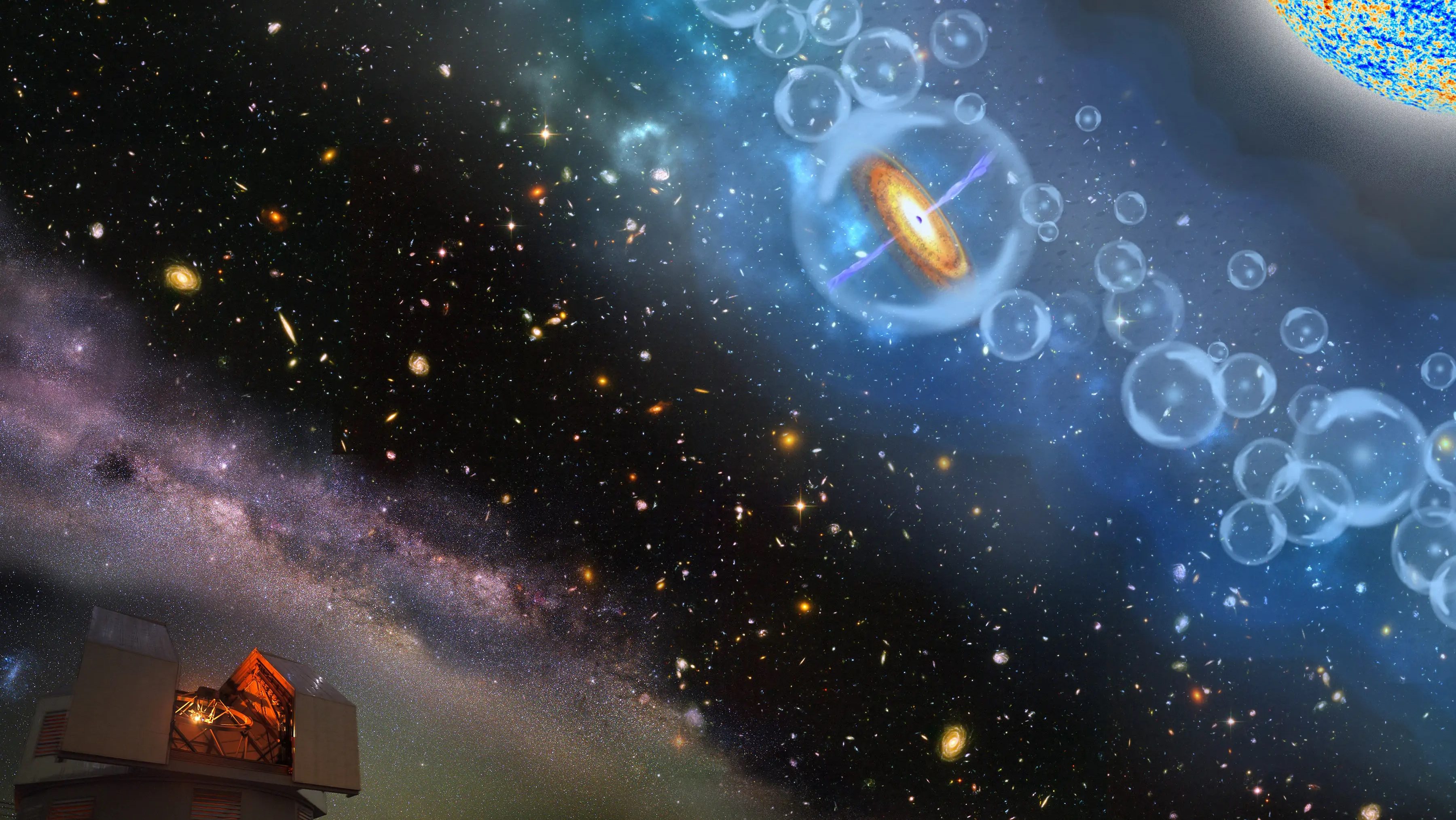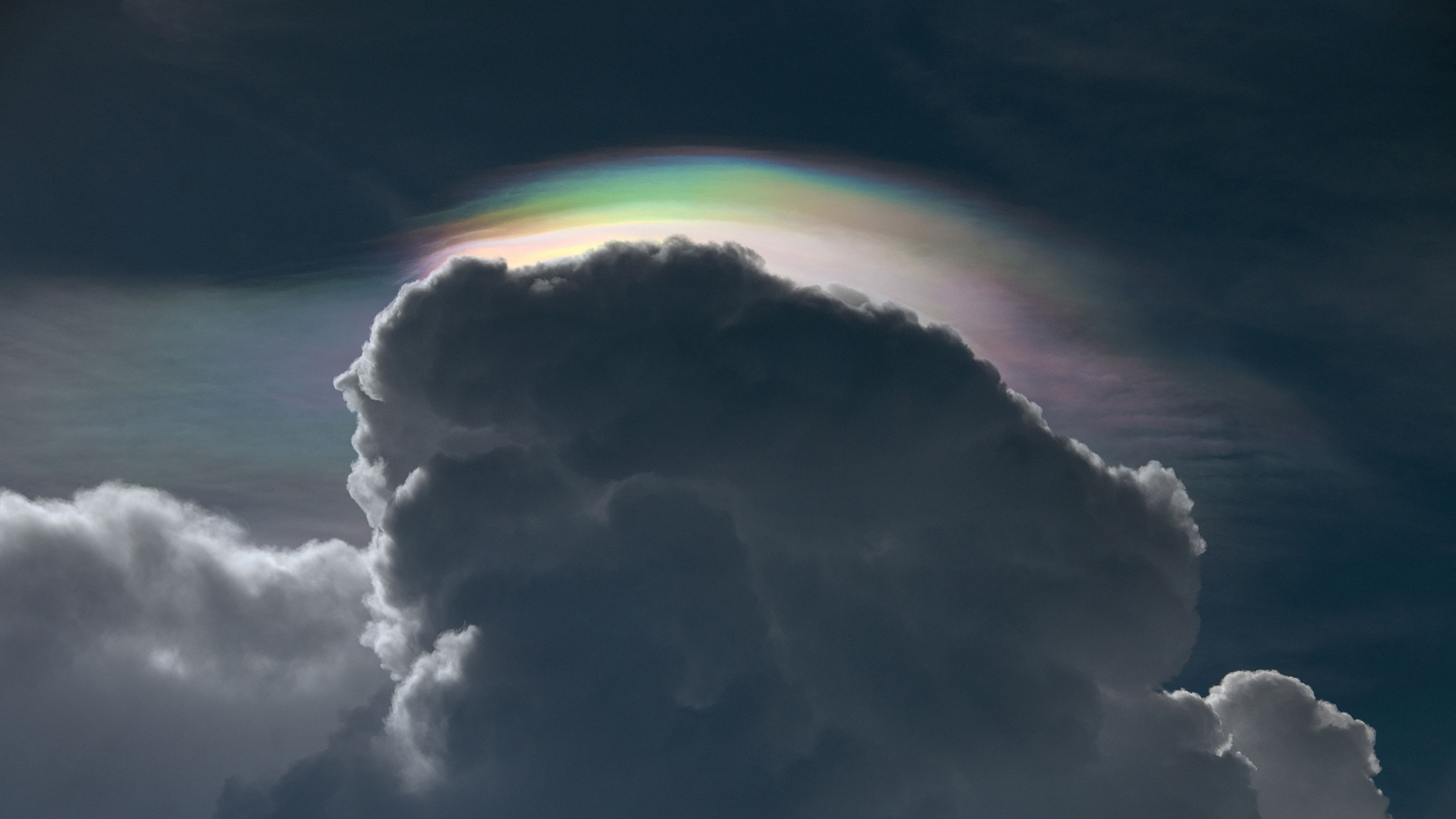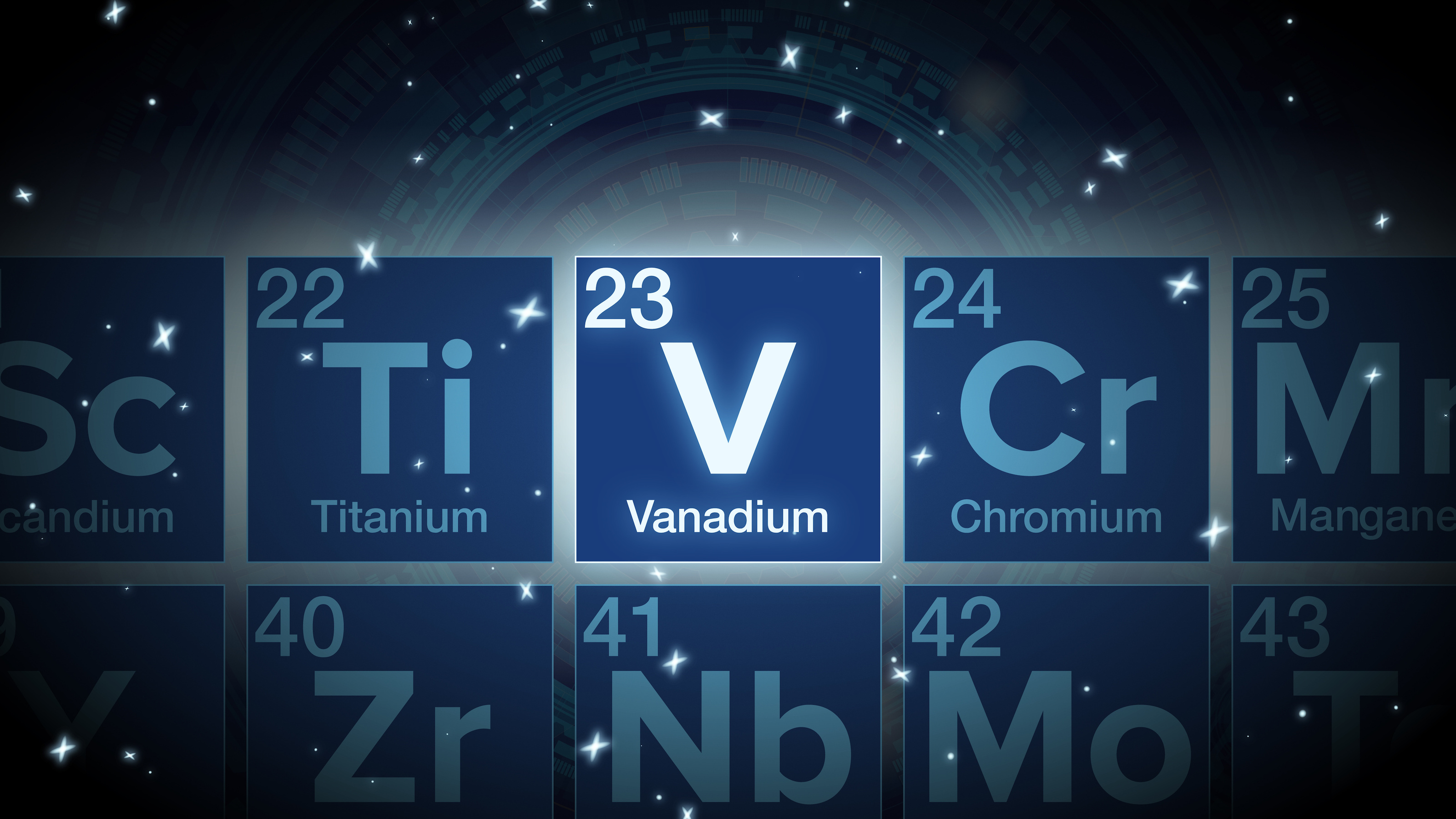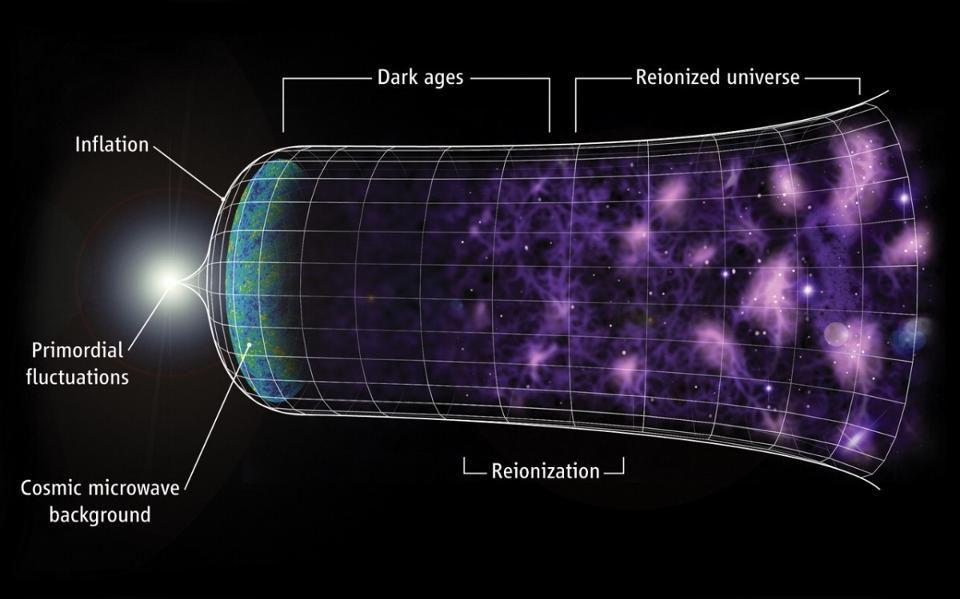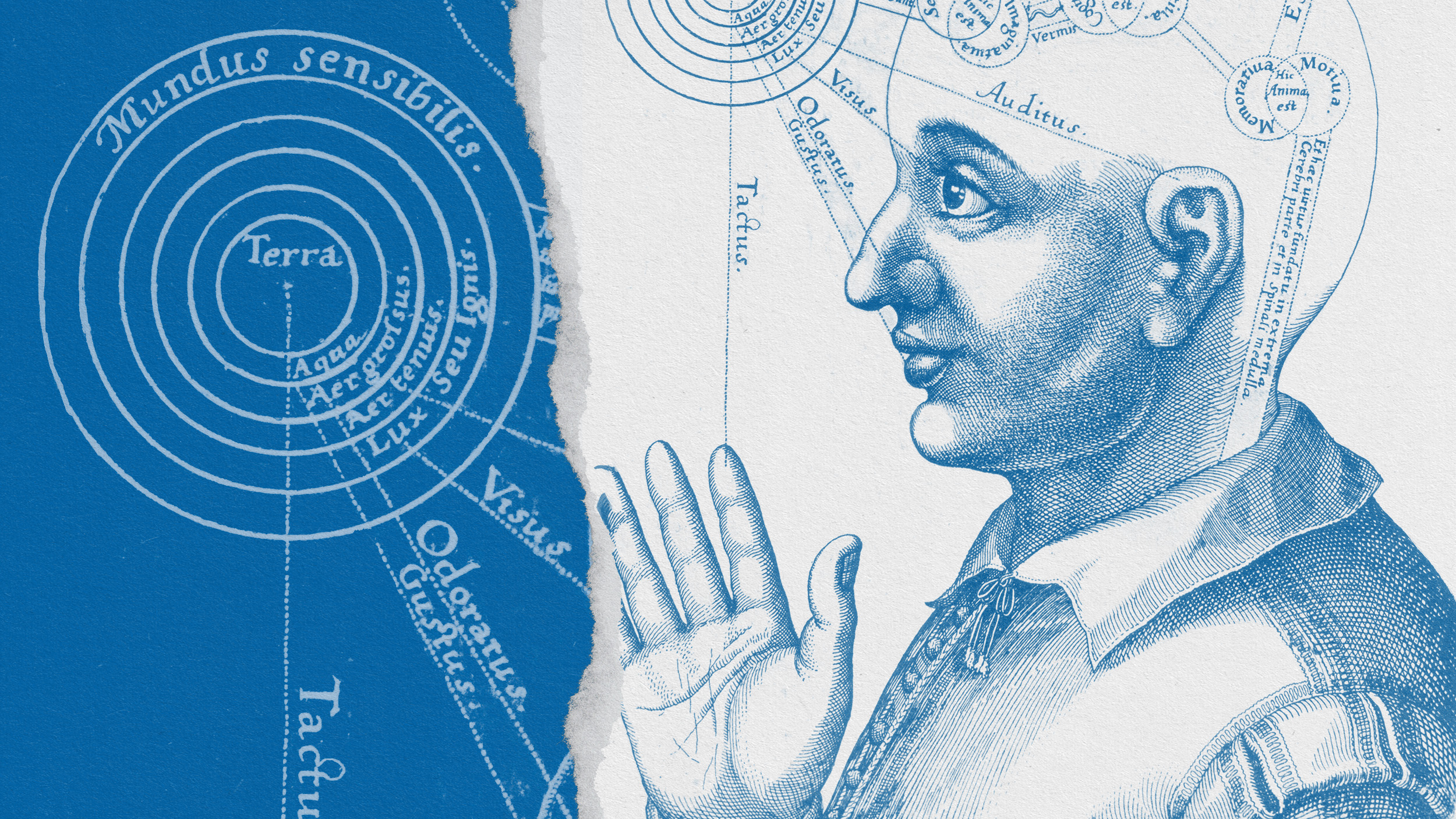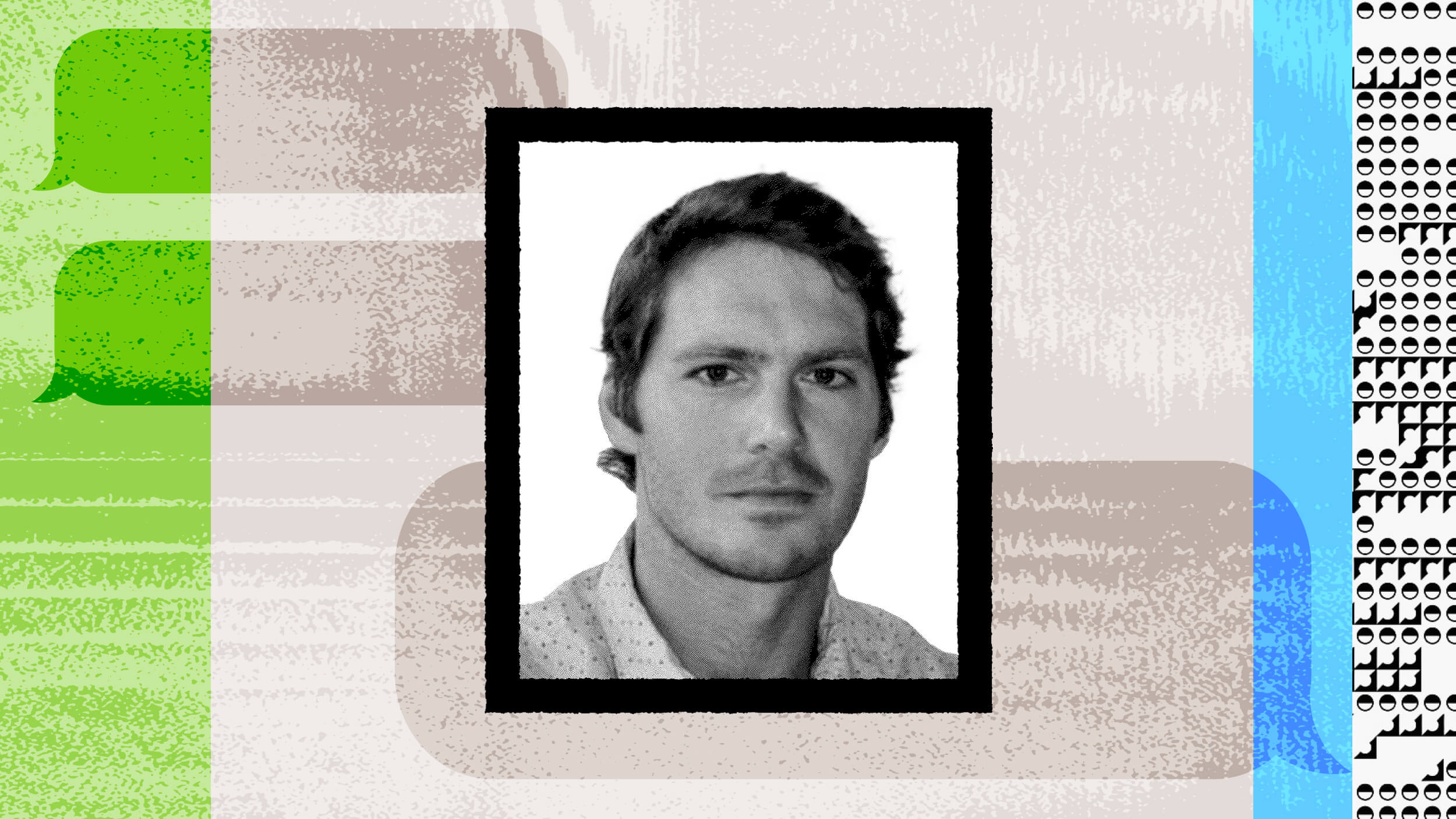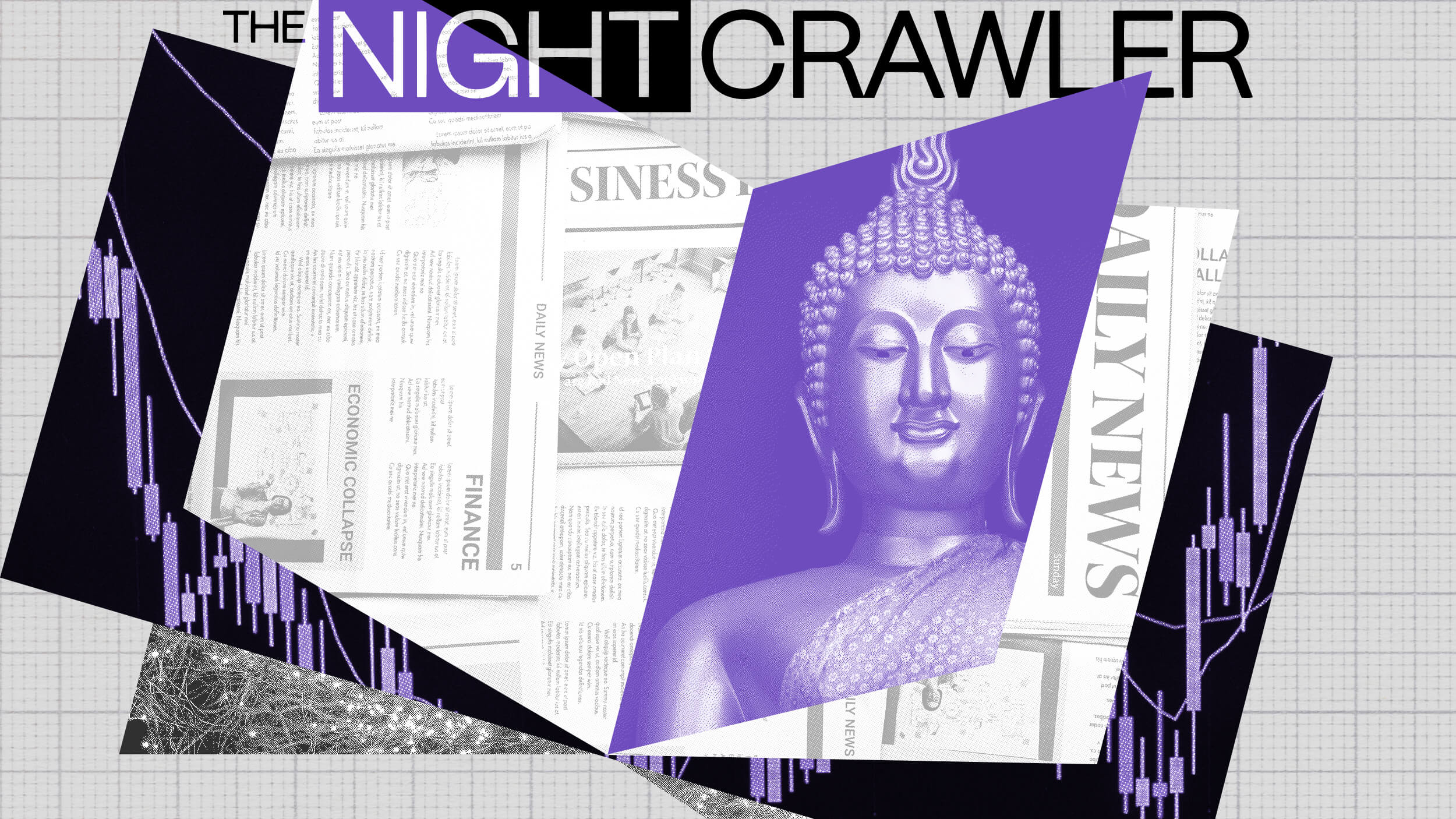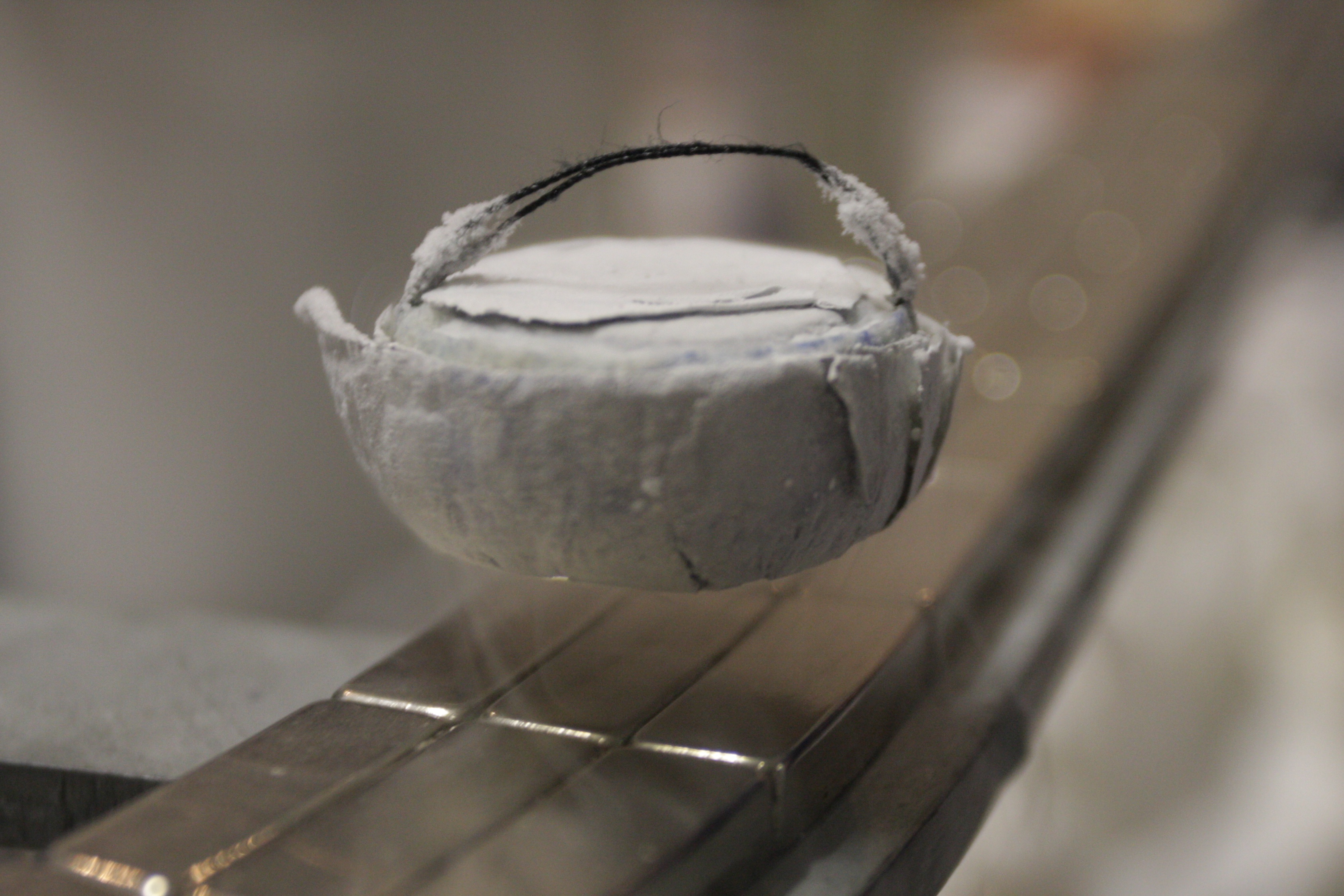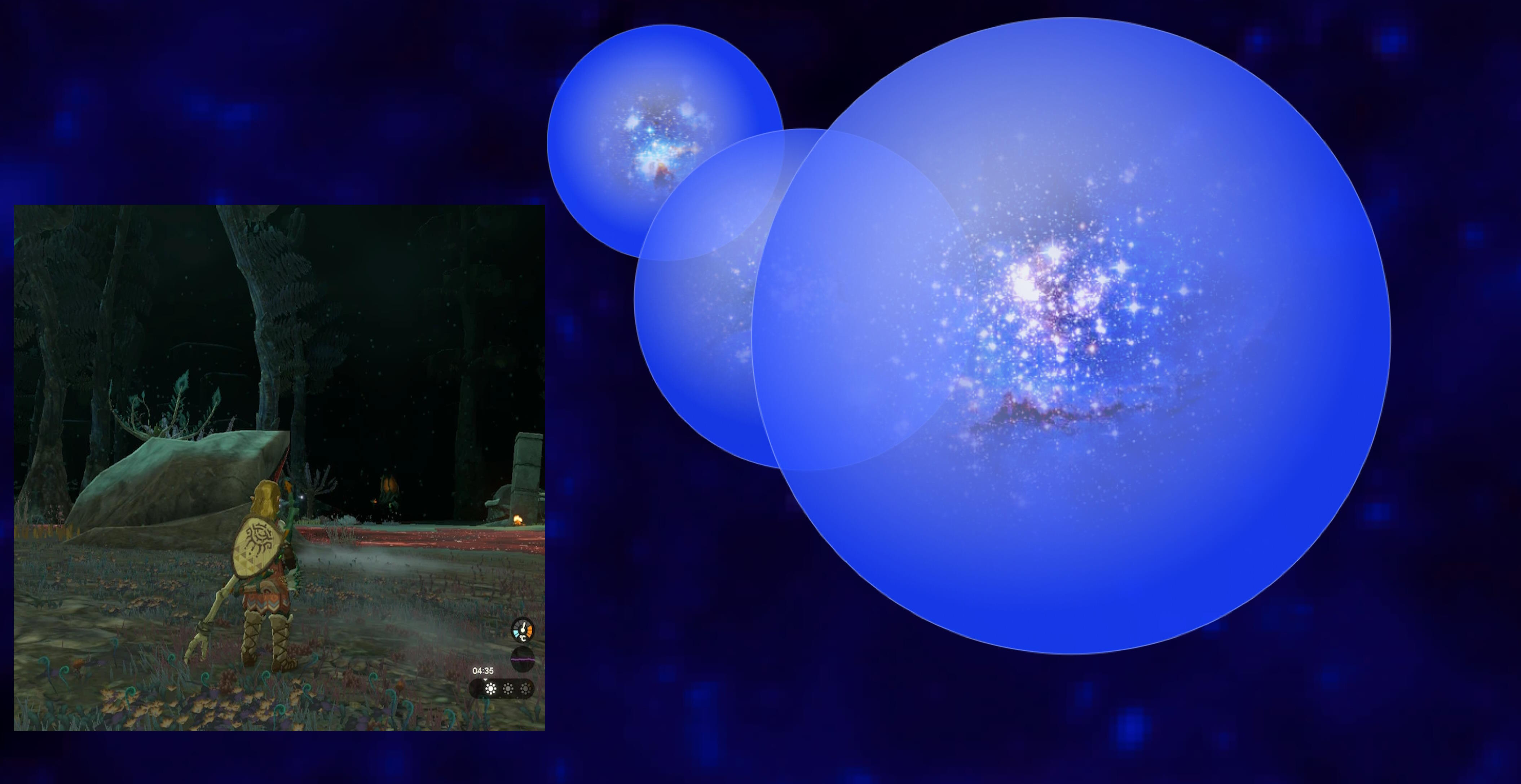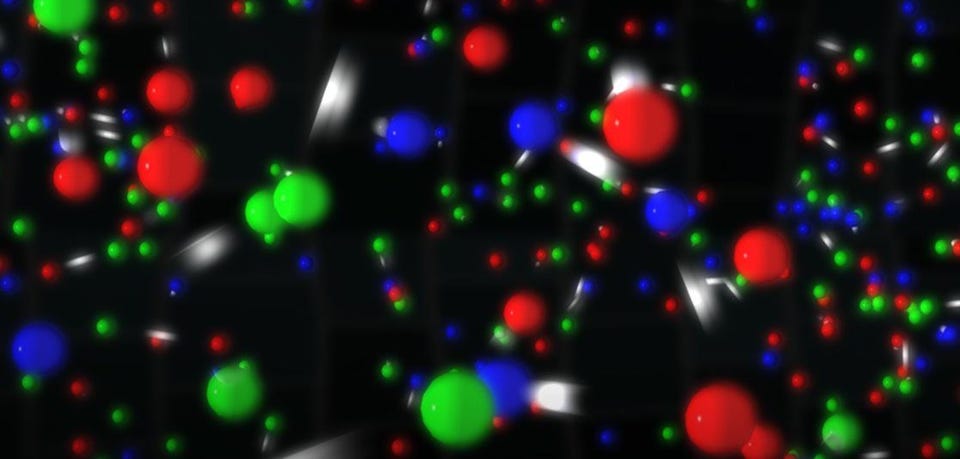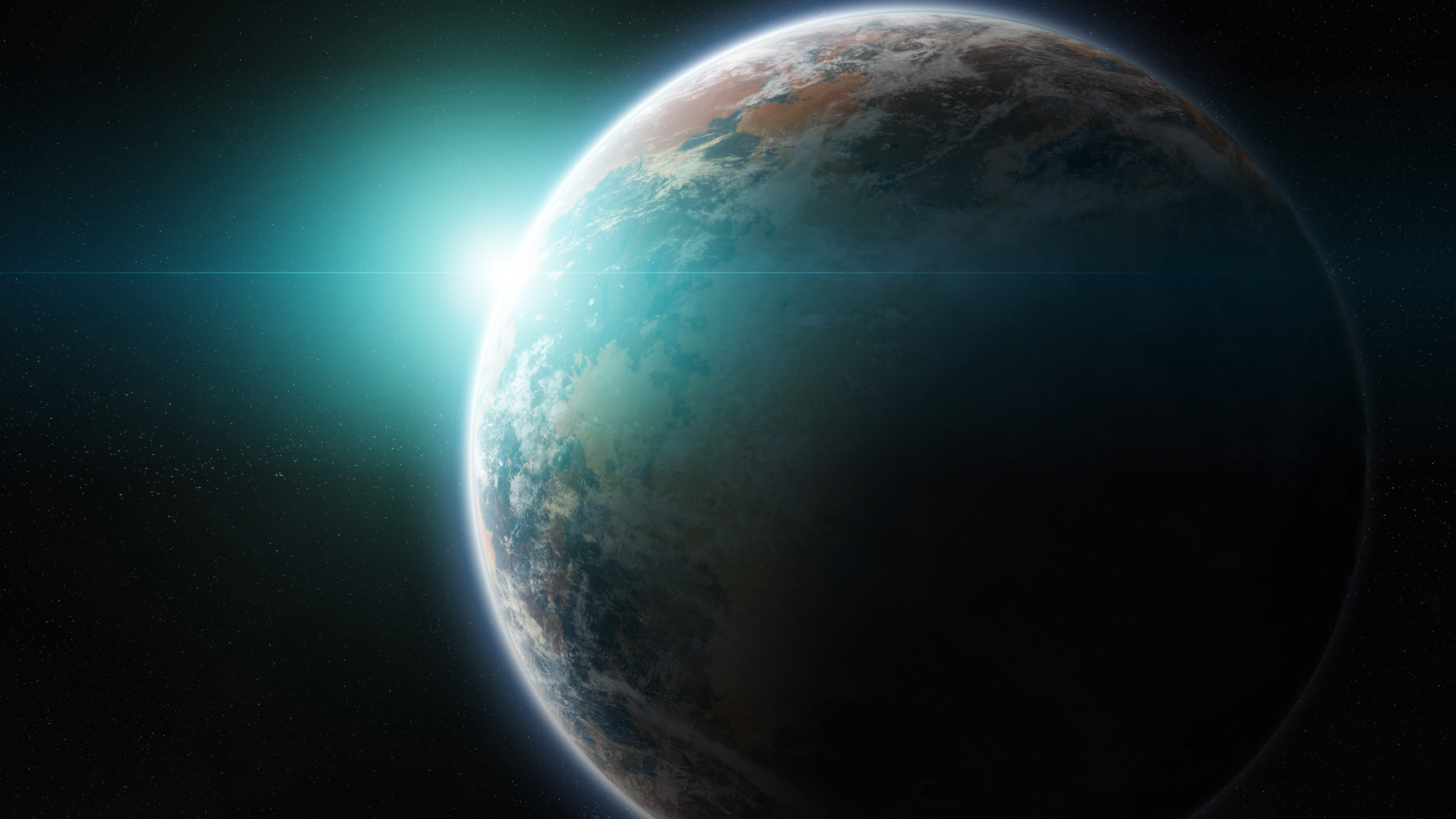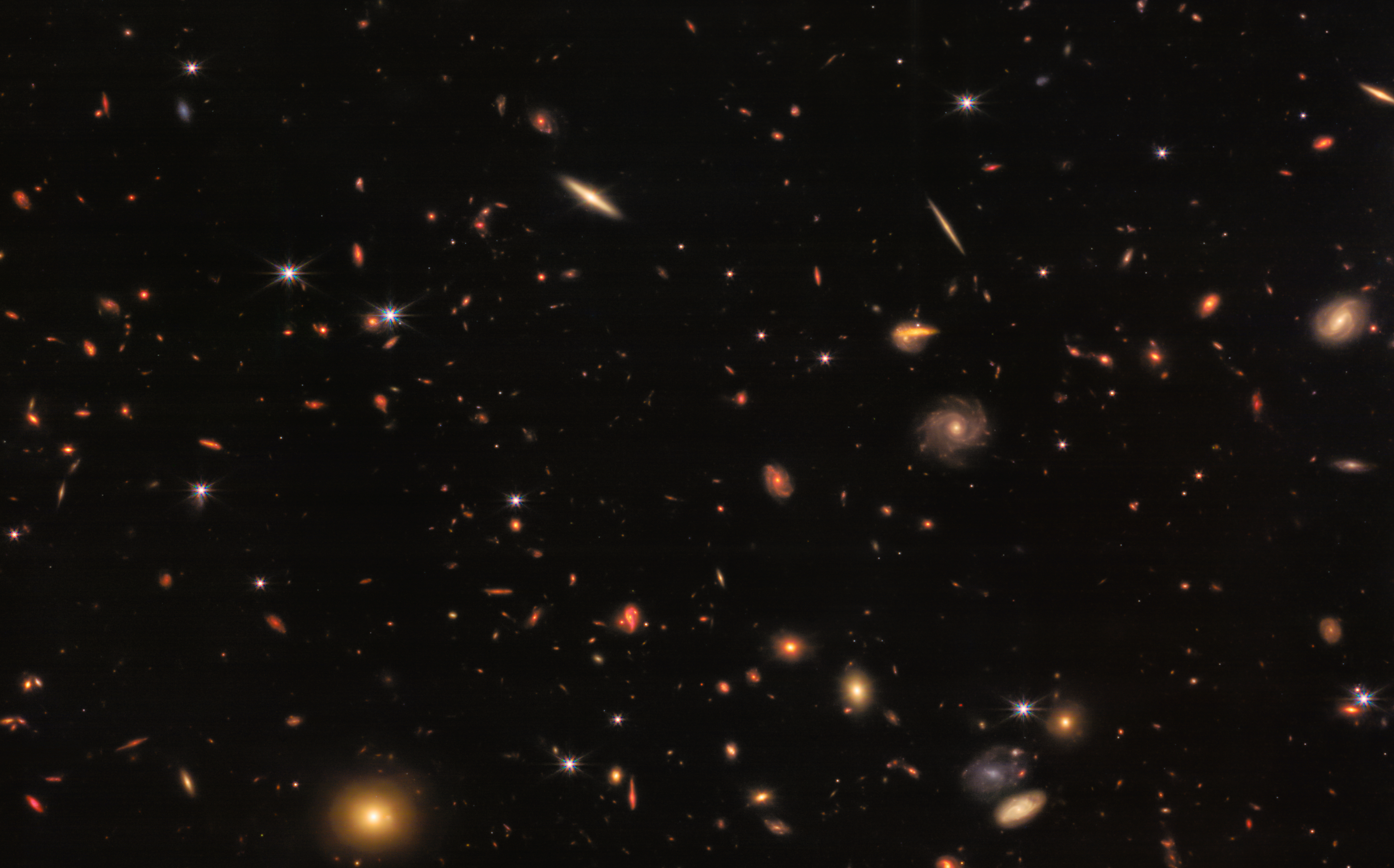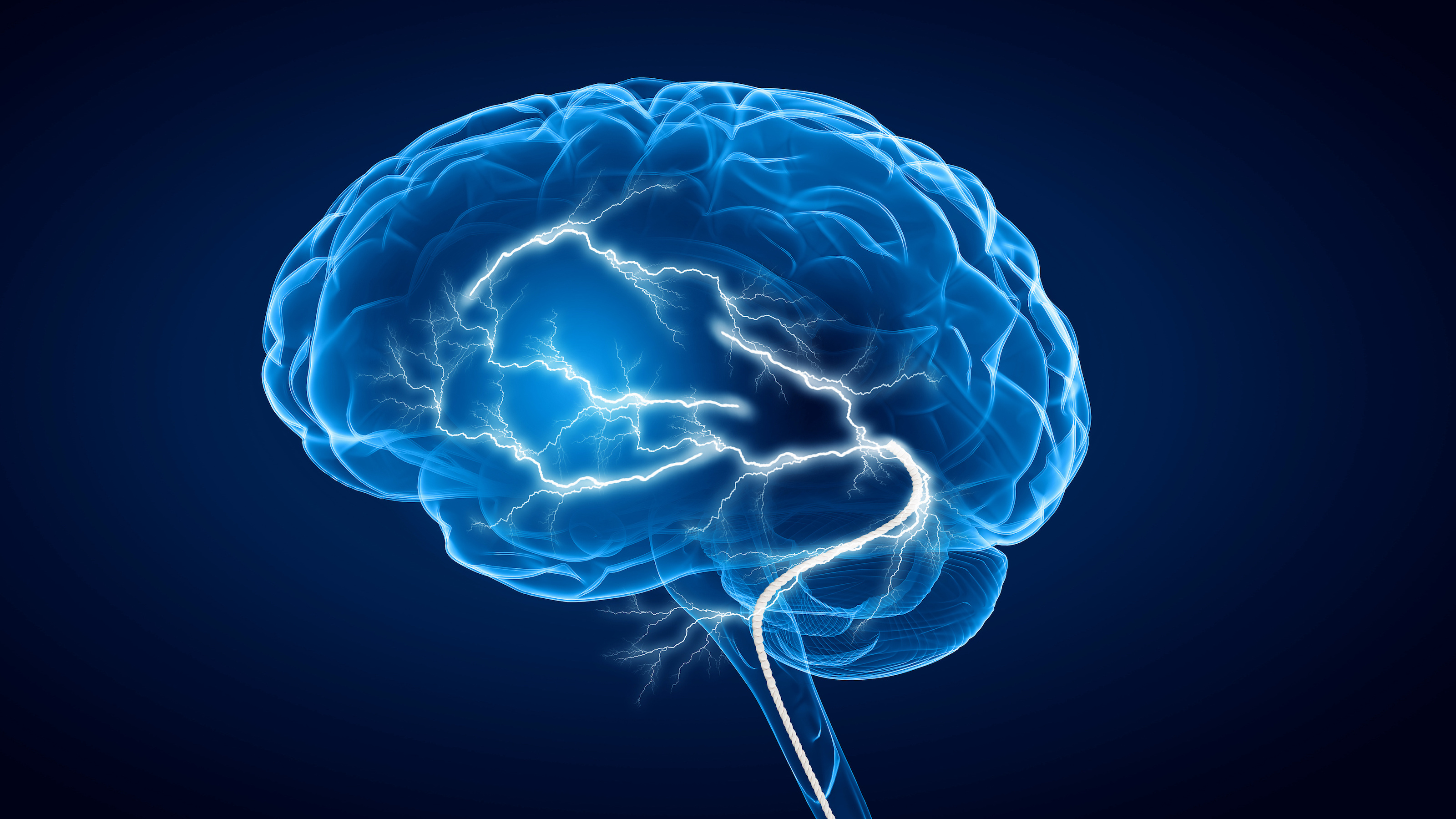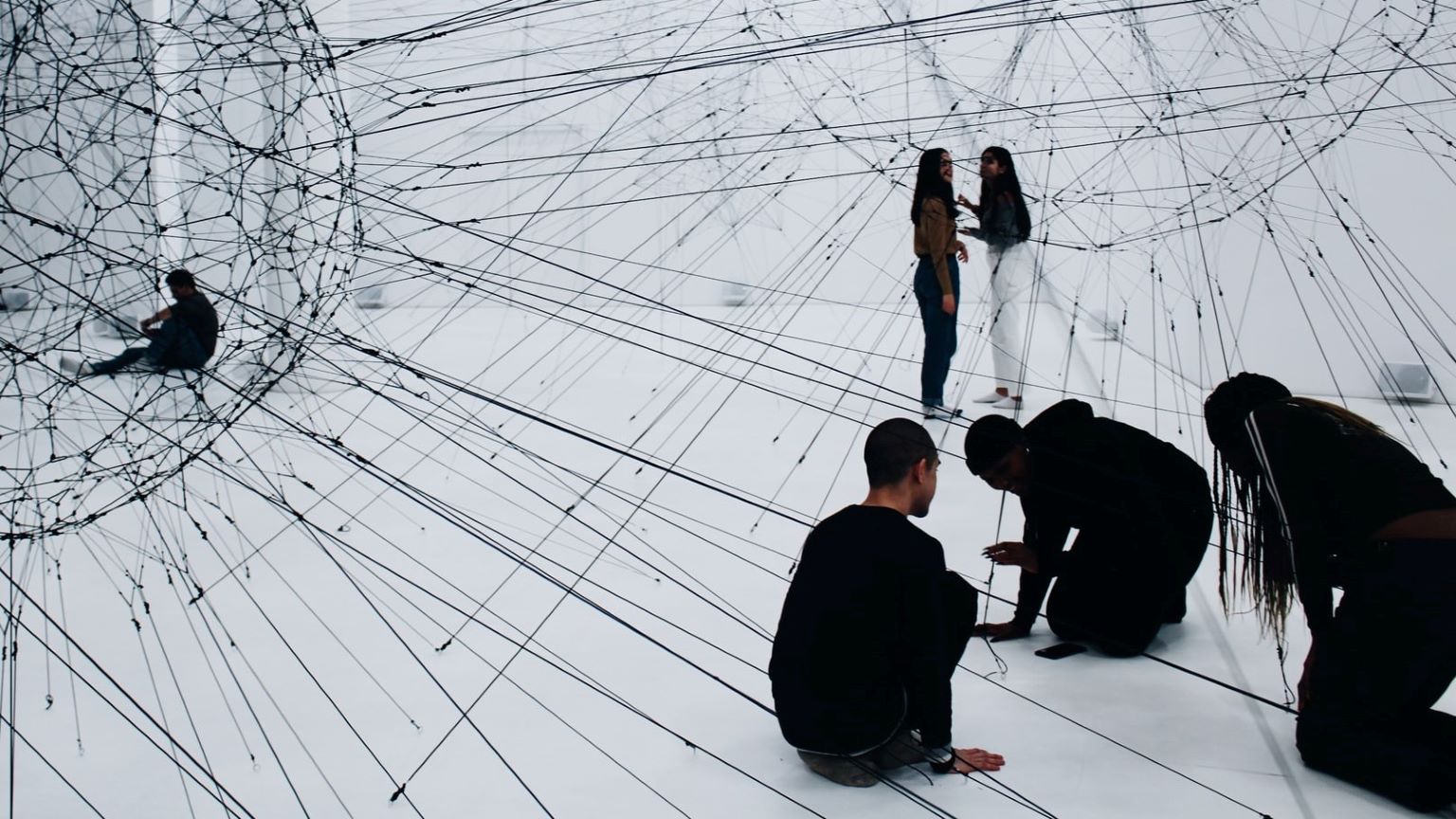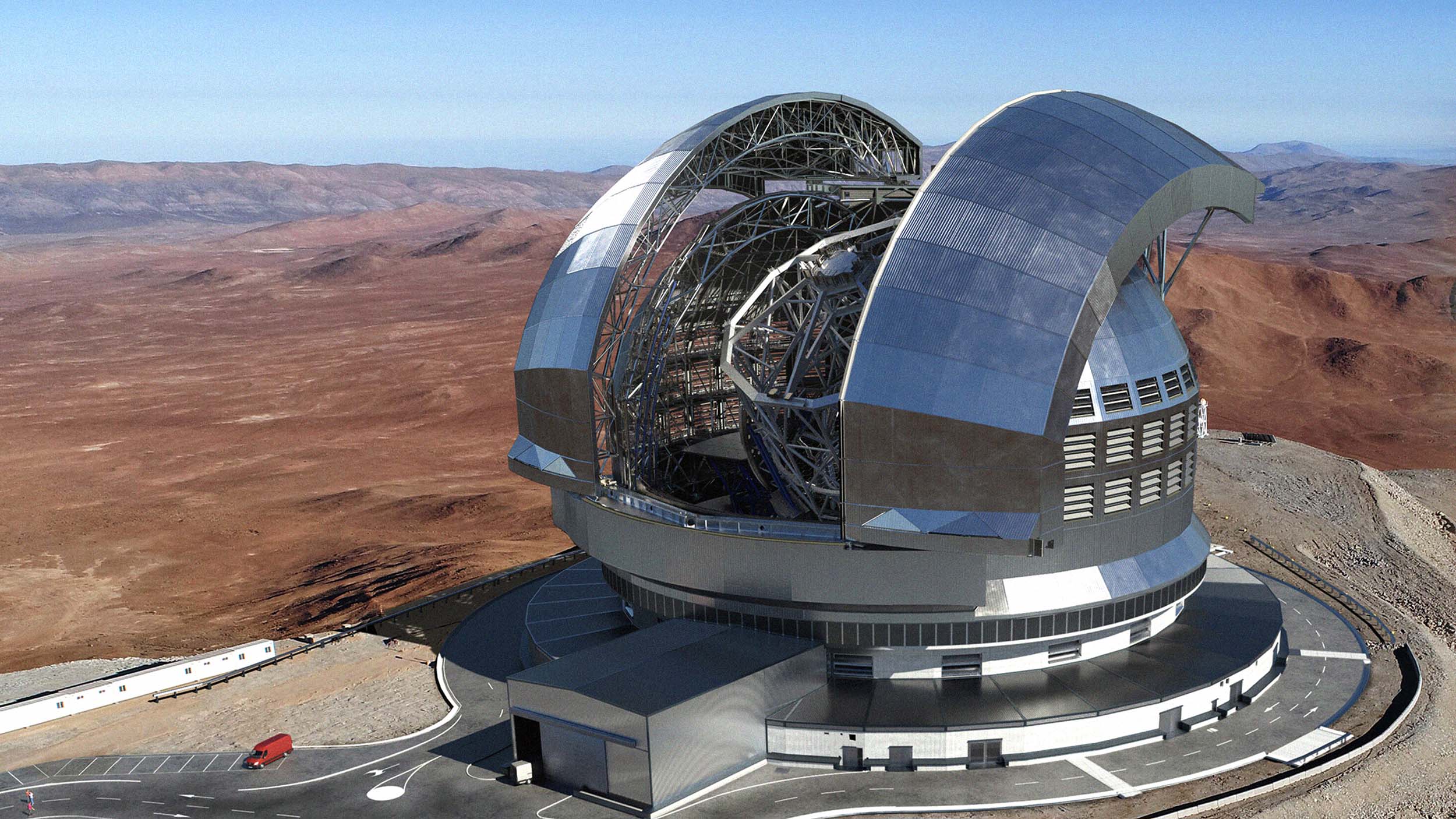The first-of-its-kind map, which goes all the way down to the level of a single cell, could help prevent common birth defects.
Search Results
You searched for: Structure
Since the dawn of history, humans have pondered our ultimate cosmic origins. Now in the 21st century, science has gone beyond the Big Bang.
Dark energy is one of the biggest mysteries in all the Universe. Is there any way to avoid “having to live with it?”
Every proton contains three quarks: two up and one down. But charm quarks, heavier than the proton itself, have been found inside. How?
It can write 5-minute songs based on short text prompts.
When you bring two fingers together, you can feel them “touch” each other. But are your atoms really touching, and if so, how?
There are a few clues that the Universe isn’t completely adding up. Even so, the standard model of cosmology holds up stronger than ever.
The Universe is expanding, and the Hubble constant tells us how fast. But how can it be a constant if the expansion is accelerating?
Stanford psychologist Jamil Zaki discusses the dangers of cynicism and how skepticism can invigorate our relationships and communities.
Vanadium dioxide is a strange material that “remembers” information and when it was stored. This is akin to biological memory.
This network scientist is creating a map of the human genome, and it could revolutionize the future of healthcare.
▸
6 min
—
with
Richard Reeves explains the big problems facing men today — and why no one is talking about them.
▸
1:25:18 min
—
with
Welcome to The Nightcrawler — a weekly newsletter from Eric Markowitz covering tech, innovation, and long-term thinking.
Many contrarians dispute that cosmic inflation occurred. The evidence says otherwise.
Welcome to The Nightcrawler — a weekly newsletter from Eric Markowitz covering tech, innovation, and long-term thinking.
The idea is to study the thing itself — be it a work of literature, death, family, a car, a vaccine, or the hospital — without preconceived notions, trendy easy answers, or dogma imposed on it.
“Fasting…should not be demonized for simply suggesting that we take a break from eating once in a while.”
Professor of leadership Michael D. Watkins identifies ways high-performing teams can be sabotaged — and offers simple fixes for each.
Yondr CEO Graham Dugoni unpacks the technological zeitgeist in this exclusive Big Think interview covering media ecology, leadership, AI, human connection, and much more.
Welcome to The Nightcrawler — a weekly newsletter from Eric Markowitz covering tech, innovation, and long-term thinking.
LK-99, almost certainly, isn’t a room-temperature superconductor. The underlying physics of the phenomenon helps us understand why.
What do the dark recesses of the early Universe and Zelda: Tears of the Kingdom have in common? More than you could have ever hoped for.
Before we formed stars, atoms, elements, or even got rid of our antimatter, the Big Bang made neutrinos. And we finally found them.
“I hope we take a mindset where we are willing to look for weird life in weird places.”
From quarks and gluons to giant galaxy clusters, everything that exists in our Universe is determined by what is (and isn’t) bound together.
This is the latest study to confirm that the brain does not fully mature until at least the third decade of life.
A new technique for analyzing networks can tell who wields soft power.
The Extremely Large Telescope (ELT) will have a light-collecting power 10 times greater than today’s best telescope.
In the future, driving an app across a bridge could let engineers know how safe it is.
Listen, set boundaries, and point them where to go.
